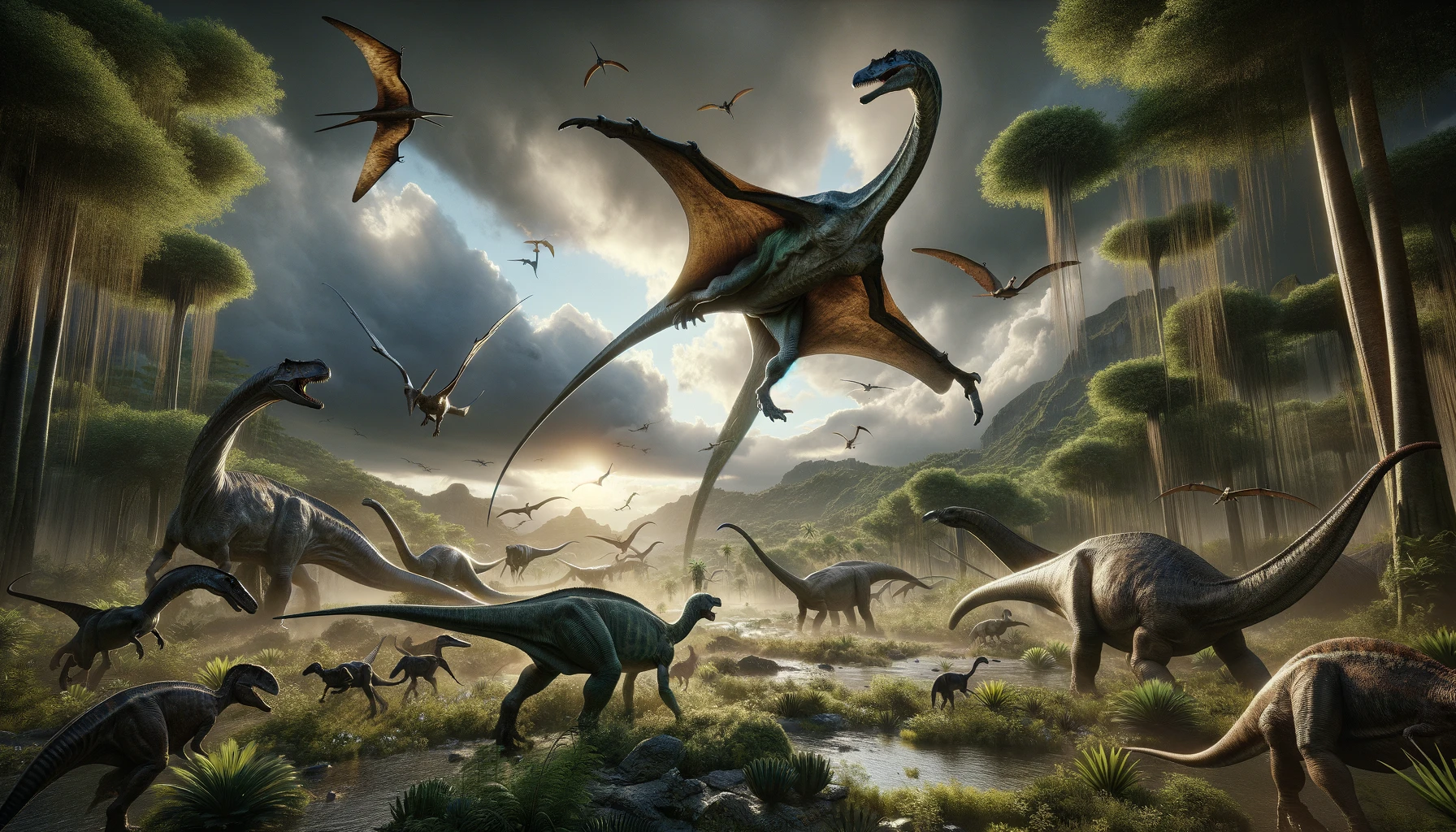In the fascinating world of paleontology, a common question that arises is: which dinosaur had hollow limb bones? This inquiry sheds light on the evolutionary marvels of the prehistoric era. Intriguingly, not all ancient dinosaurs boasted this feature. Research indicates that hollow bones, a characteristic associated with skeletal air sacs, evolved independently across three distinct lineages. These lineages include the long-necked sauropodomorphs, known for their massive sizes and extensive necks; the carnivorous theropods, which were formidable meat-eaters; and the pterosaurs, the winged reptiles that dominated the skies. This evolutionary trait suggests a fascinating divergence in the way these creatures adapted to their environments, with hollow bones possibly contributing to various advantages such as reduced weight for flight in pterosaurs and potentially improved oxygen flow in the massive bodies of sauropodomorphs and theropods. This piece of evolutionary history highlights the complexity and diversity of life forms that once roamed our planet.

In the realm of paleontology, the question of “Which dinosaur had hollow limb bones?” is not only intriguing but also sheds light on the evolutionary innovations that characterized some of the most colossal creatures to have ever roamed the Earth. A recent study has unveiled that the presence of air sacs within the bones of the largest dinosaurs and pterosaurs—a trait that significantly contributed to their survival and dominance—may have evolved independently in different lineages at least three times. This discovery underscores the evolutionary advantage of having air-filled pockets in the skeletal structure.
The significance of these air sacs cannot be overstated. They allowed these ancient giants to maintain lighter, more nimble skeletons, which in turn facilitated their growth to immense sizes and enabled them to stay cool in the warm climate of the Triassic period, spanning from 252 million to 201 million years ago. Researchers have long been aware of the existence of these air bubbles within the bones of ancient reptiles. However, the new finding that some of the earliest dinosaurs lacked these air sacs points towards convergent evolution—a process where different organisms independently develop similar traits—as the mechanism behind this feature.
Pterosaurs, meat-eating theropods, and long-necked sauropods, all belonging to the avemetatarsalian group, are more closely related to today’s birds than to crocodiles. These lineages developed air-filled pockets in their bones, enhancing their oxygen circulation and agility. According to Tito Aureliano, a leading researcher at the Institute of Geosciences at the University of Campinas in Brazil, this adaptation was crucial not only for energy efficiency and body temperature regulation but also for their ability to hunt, flee, fight, or even take to the skies.
This breakthrough was highlighted in a study published on December 9, 2022, in the journal Scientific Reports. The research involved analyzing 233 million-year-old fossils from three early dinosaur species: the sauropodomorphs Buriolestes schultzi and Pampadromaeus barberenai, and the carnivorous Gnathovorax cabreirai. These specimens, described as some of the “oldest good material” from sauropod dinosaurs and meat-eating herrerasaurid dinosaurs by paleobiologist Paul Barrett of the Natural History Museum in London, offer a glimpse into the evolutionary past of these magnificent creatures. The findings suggest that the evolution of hollow bones was a pivotal moment in the history of avemetatarsalians, marking a significant step in their adaptation to their environments.

